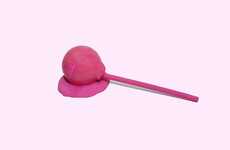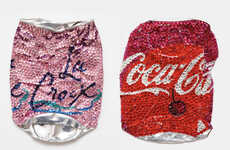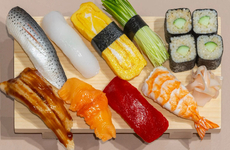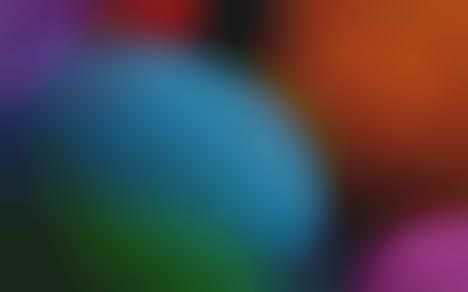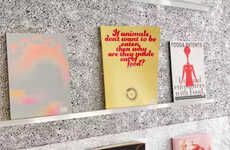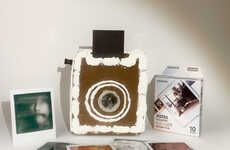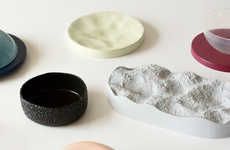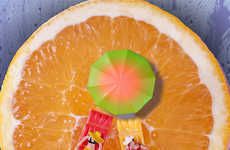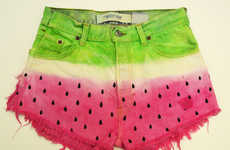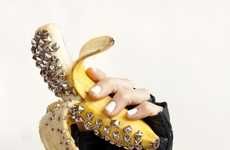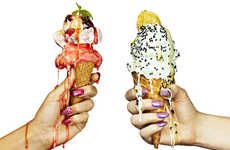
Caren Alpert Captures Extreme Closeups of Delicious Foods
Meghan Young — July 20, 2011 — Lifestyle
References: carenalpertfineart & neatorama
I have a feeling that Caren Alpert was a kid who loved to play with his food. With a curious nature, he has decided to take a closer look at all types of food. A macro photographer, he has created a portfolio filled with extreme closeups of some of many's favorite foods, such as table salt, sprinkles and kiwis.
Equipped with scientific laboratory photo equipment, Caren Alpert explores both organic and processed foods, the foods he eats versus the foods over-indulging Americans choose to eat. Having photographed food for almost eight years now, I can only imagine the differences and insights he has come across.
Equipped with scientific laboratory photo equipment, Caren Alpert explores both organic and processed foods, the foods he eats versus the foods over-indulging Americans choose to eat. Having photographed food for almost eight years now, I can only imagine the differences and insights he has come across.
Trend Themes
1. Macro Food Photography - The trend of extreme closeups of food can impact the food industry by emphasizing the importance of visually appealing products and packaging, as well as showcasing the texture and detail of ingredients in advertising and marketing.
2. Scientific Approaches to Photography - The trend of using scientific laboratory equipment for photography can offer new opportunities for scientific research, particularly in food science and agriculture, by providing new ways of visualizing and analyzing food at the microscopic level.
3. Food Art and Aesthetics - The trend of incorporating artistic elements in food photography can influence the culinary arts industry by inspiring new ways to present and design dishes and menus, as well as creating opportunities for collaborations between photographers, chefs, and restaurateurs.
Industry Implications
1. Food Industry - Food companies can benefit from macro food photography by improving their product design and presentation, as well as using such images for their marketing campaigns and social media presence.
2. Scientific Research - The scientific community can make use of macro food photography to study different aspects of food, including its structural properties, composition, and nutritional value, which can have implications in fields such as agriculture, medicine, and nutrition.
3. Photography Industry - Macro food photography presents new opportunities for photographers to explore a niche market and develop specialized skills, as well as collaborate with other professionals, such as chefs, scientists, and marketers.
5.9
Score
Popularity
Activity
Freshness


